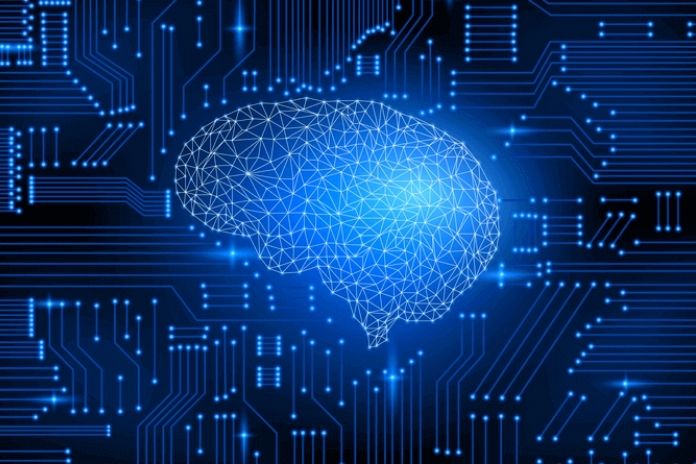Machine Learning Algorithms: Artificial intelligence (AI) is not only playing an increasingly important role in IT security. AI is also a possible target and tool of attack. IT security authorities for Cyber Security provide information on how machine learning algorithms can be better protected against misuse and manipulation.
According to a survey, 54 per cent of those surveyed demand help with the legal and ethical assessment of the use of AI so that AI can be promoted in their own company.
Companies see a wide range of benefits from AI. Forty-four per cent expect faster and more precise problem analyses through Artificial Intelligence, 39 per cent expect human errors to be avoided in everyday work, 21 per cent expect improvements to existing products and services, and 17 per cent even expect completely new offers thanks to AI.
However, the expectations placed on AI can only become a reality if ethical questions can be clarified, the data protection of an AI solution is proper, and the security of the AI is guaranteed. But what should security look like with AI?
Security Authorities Warn Of AI Risks
A risk analysis always precedes the security concept. In addition, new technologies should not be used without being aware of the possible risks. The advantages of this emerging technology are significant, and concerns such as potential new ways of manipulation and attack methods.
Cybersecurity is one of the foundations of trustworthy artificial intelligence solutions. A common understanding of AI cybersecurity threats will be critical to the widespread adoption and acceptance of AI systems and applications.
However, Companies Also Receive Safety Instructions
However, the IT Security authority does not limit itself to the risk information; concrete recommendations for protecting Artificial Intelligence also come from there. They want to find and answer questions such as: How does machine learning become cyber-secure? How to prevent cyber attacks on machine learning? How is security possible without compromising the performance of Artificial Intelligence?
Artificial Intelligence security is primarily linked to data security because machine learning algorithms enable machines to learn from data to solve tasks without being explicitly programmed to do so. However, such algorithms require vast amounts of data to learn. And because they do so, they can also be exposed to specific cyber threats such as data manipulation and spying.
There Is No Magic Recipe For AI Safety, But Safety Tips Are
When securing algorithms for machine learning (ML); Security encounters a very complex area and a wide range of application scenarios. That is why to make it clear first of all:
- There is no silver bullet to counter ML-specific attacks.
- Attackers can bypass some security controls. However, defenses can still raise the bar for attackers.
- Security controls often result in a trade-off between Security and performance.
- The context of the application must be considered to properly assess the risks and select the deployment of security controls.
- Define and monitor indicators of model health: Define dashboards to integrate safety indicators (such as unusual changes in model behavior) to track model health in the business case, especially to allow for quick identification of anomalies enable.
- Ensure that adequate protection is provided for test environments: Test environments must also be secured commensurate with the sensitivity of the information they contain.
- ML projects must follow the usual process of integrating security into projects, including risk analysis of the entire application, review of the integration of cybersecurity best practices in terms of architecture, and secure development.
- Check whether the AI application is integrated into existing operational security processes: monitoring and response, patch management, access management, cyber resilience.
- Check the creation of adequate documentation (e.g. technical architecture, gardening, recycling, configuration and installation documents).
- Think about security checks before starting production (e.g. security audit, pen tests).
It turns out that you don’t have to reinvent Security to protect AI better; a lot is already known to a company and tested elsewhere. Still, security has to be adapted to the unique features of AI, always appropriate to the respective AI application.
Also Read: Five Reasons Why You Should Consider Machine Learning

